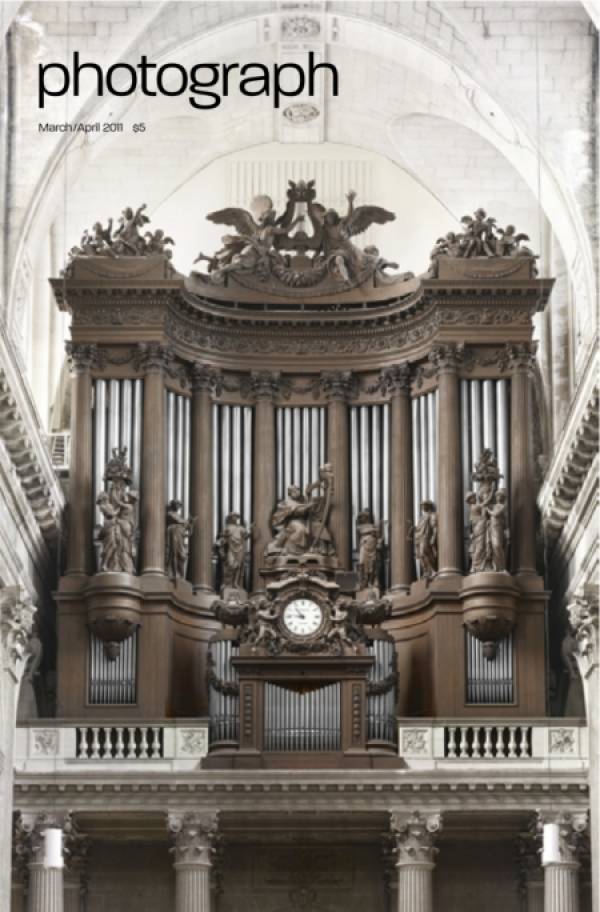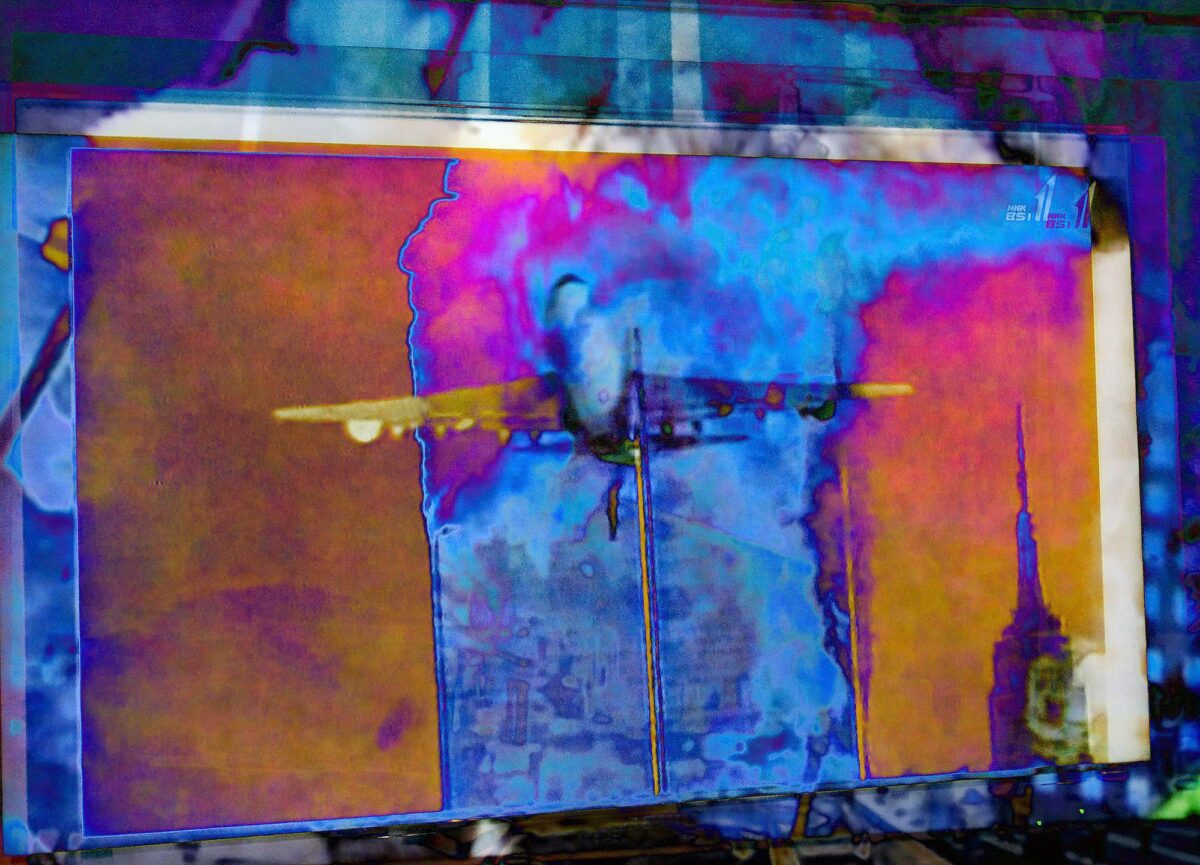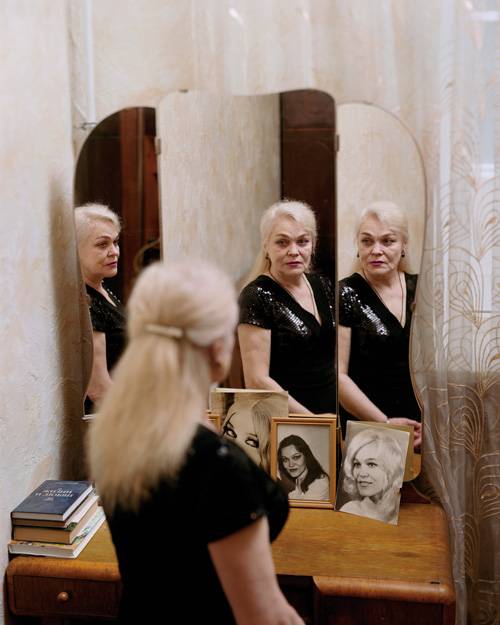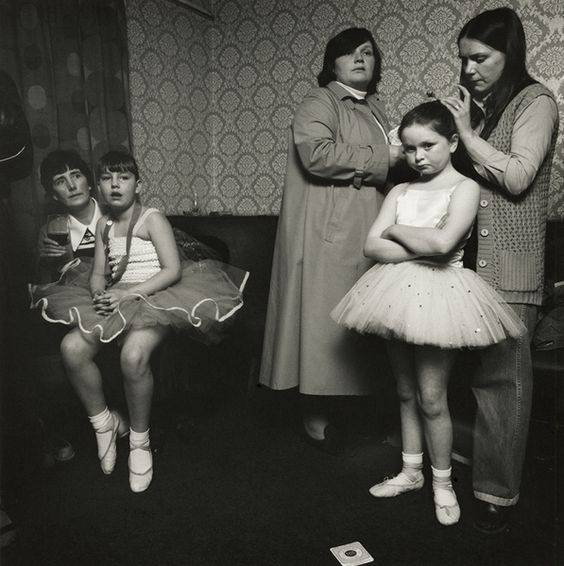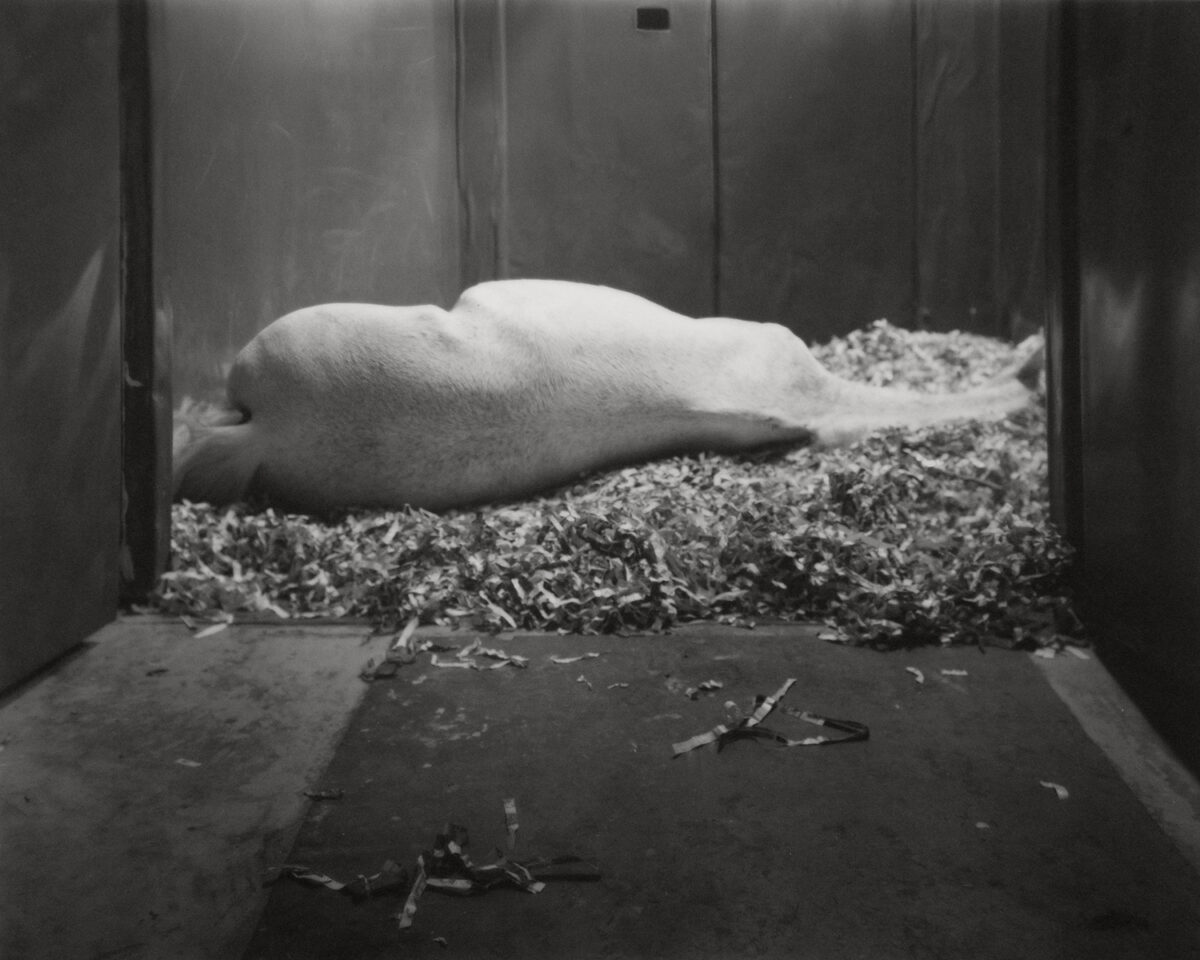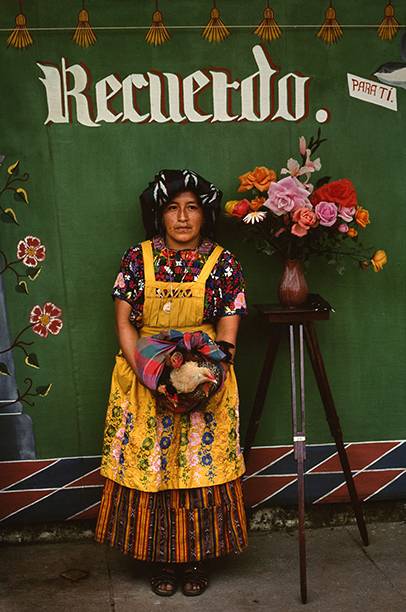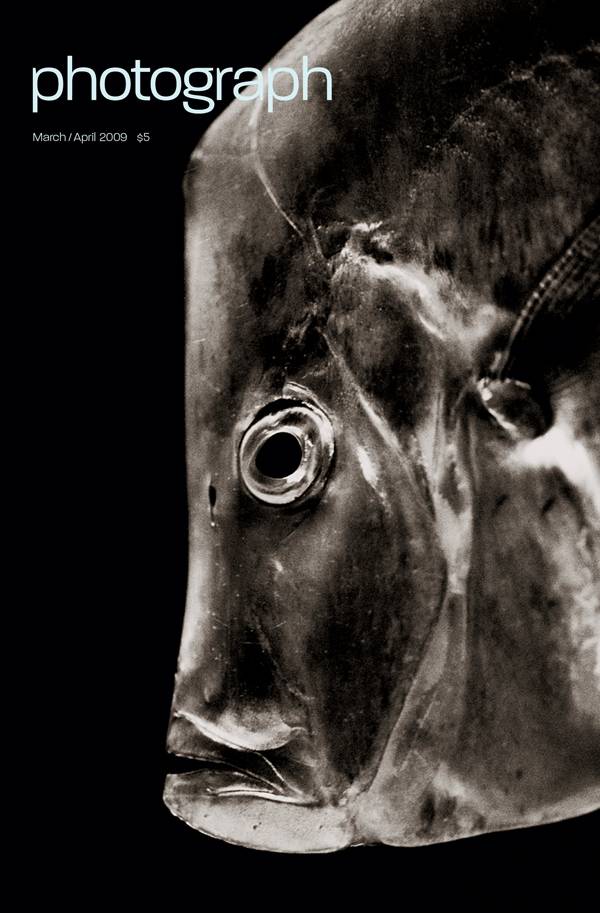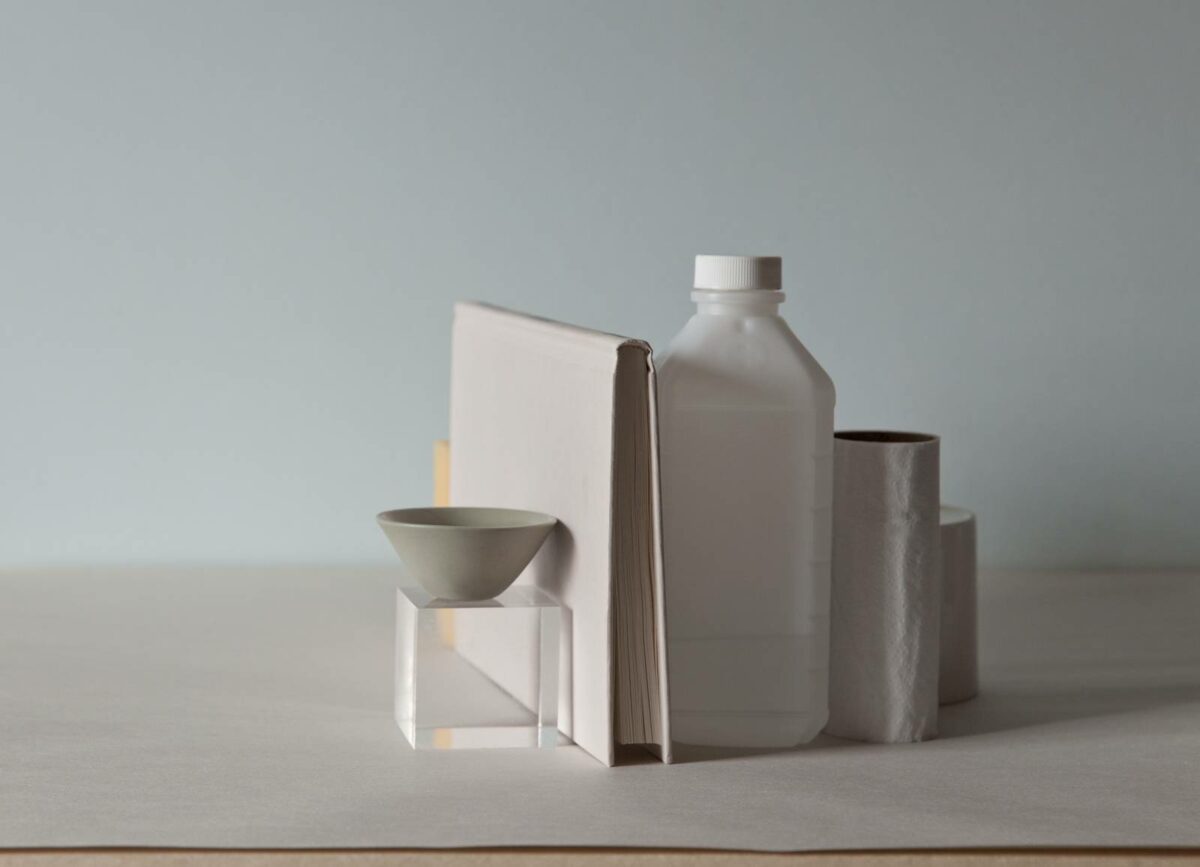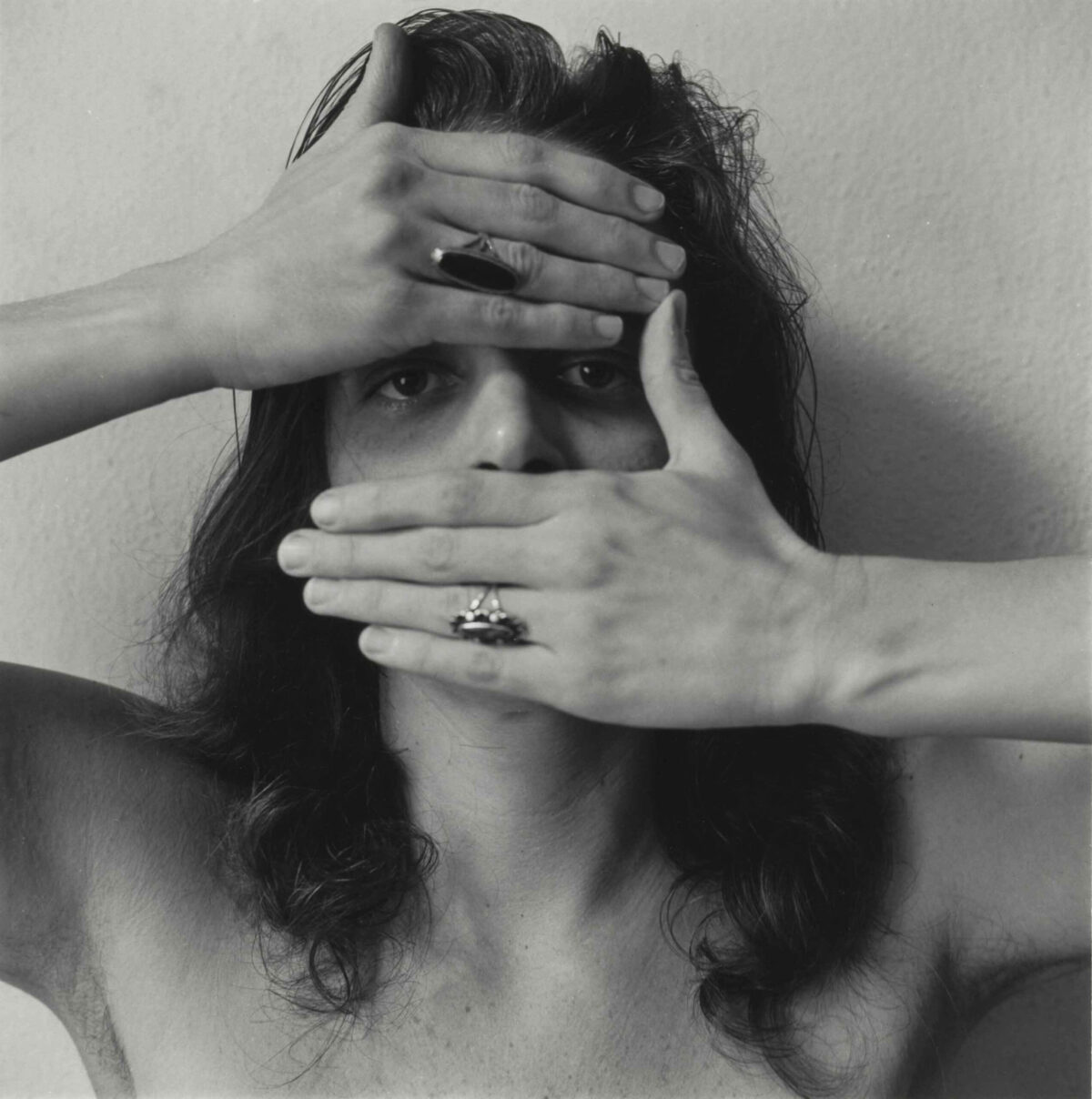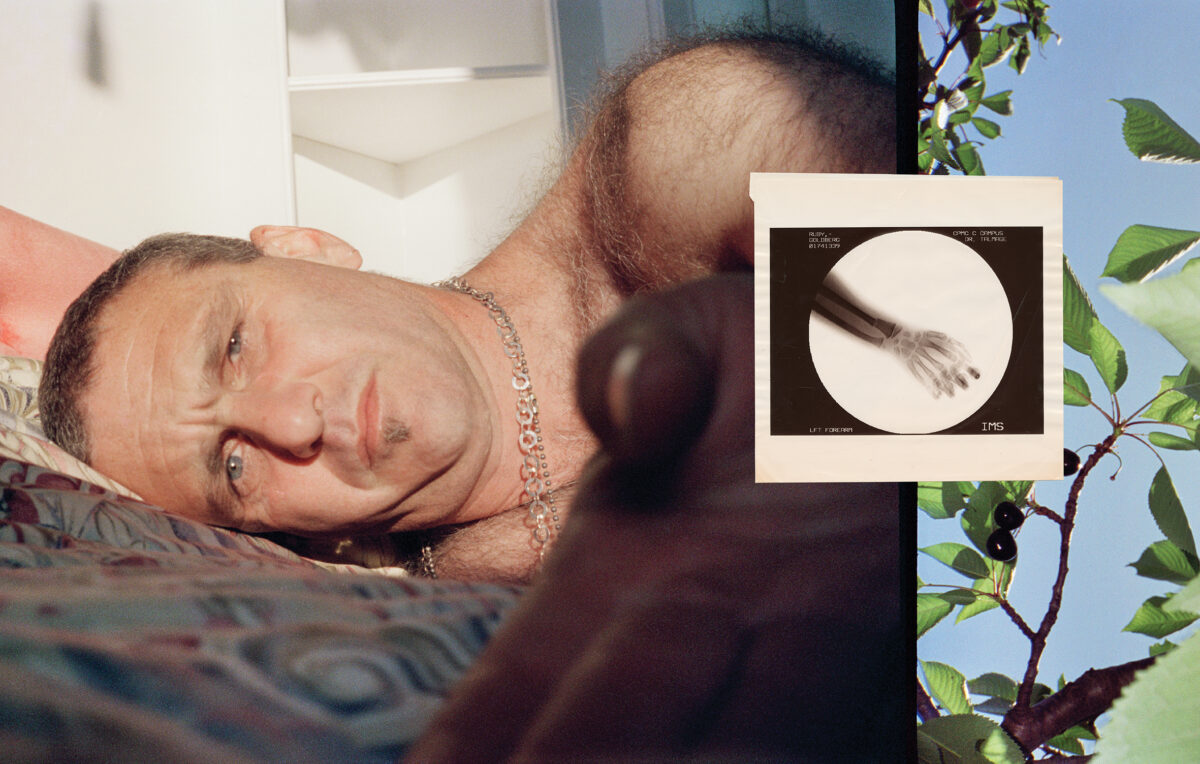Detailed and meticulous, Raphaël Dallaporta’s photographs of antipersonnel mines from 2004 tapped the disruptive power of surrealism, joining together opposites: the eye’s pleasure in form and the mind’s horror at impersonal destruction, the “body” of the bomb and the body of the human being it is meant to destroy. Desire and shame. Nothing could be further from this provocation—so it would seem—than the series of photographs on display at L. Parker Stephenson’s space on Madison Avenue (March 4 to May 7). They depict pipe organs built in and around Paris during the 17th through the 19th centuries. As Parker remarks, “Coming as they do after a series on land mines and a series on autopsied body parts [from 2007], the pipe organs seem to mark a break, an opportunity for the photographer to treat his subject almost as an object of veneration.” Veneration is the word, for the photographs were made by combining four large-format views into a single negative in order to ensure that each final photograph (as large as 50 x 60 inches) carried the maximum clarity and detail. And yet, even in this act of homage for what Dallaporta, a Frenchman, considers his cultural patrimony, there resides more than a trace of surrealist disturbance. In their way, the pipe organs are as outlandish and unwarranted as Meret Oppenheim’s fur teacup. Their profligate decoration, and their enormous size and grandeur, evoke a kind of raw power, and the silence of the photograph seems suddenly rent by the overwhelming tide of sound that such machines could produce. The one depicted on our cover, from 2009, in the church of Saint-Sulpice, was constructed by Aristide Cavaillé-Coll in 1862, inside a magnificent case designed in the 18th century by Jean-François Chalgrin. The organ itself has 101 stops, capable of producing an incredible variety of tonal timbres and characters—like the voice of God itself, or an entire heavenly choir. We are used to seeing social and political power rendered as architectural form in the work of such photographers as Candida Höfer and Thomas Struth. In fact, we are almost required to read every such photograph as an unmasking of ideology, even if those who inhabited the world of the structures may not have seen them that way. (It is revealing that the organ, such an obvious symbol of the ancien regime and its wealth, was not destroyed or even damaged during the French Revolution.) Dallaporta is profoundly interested in history as it is manifested in constructed forms like pipe organs and landmines, but he seems rather to bow before these objects and celebrate their sheer sonic and visual excess. This is disturbingly close to his apparent visual celebration of the design excess of explosive devices. But taken together, perhaps it is more accurate to call both series an extended meditation on the capacity of human beings to imagine form, whether the purpose be for the celebration of the eternal or the termination of the living.
Categories

